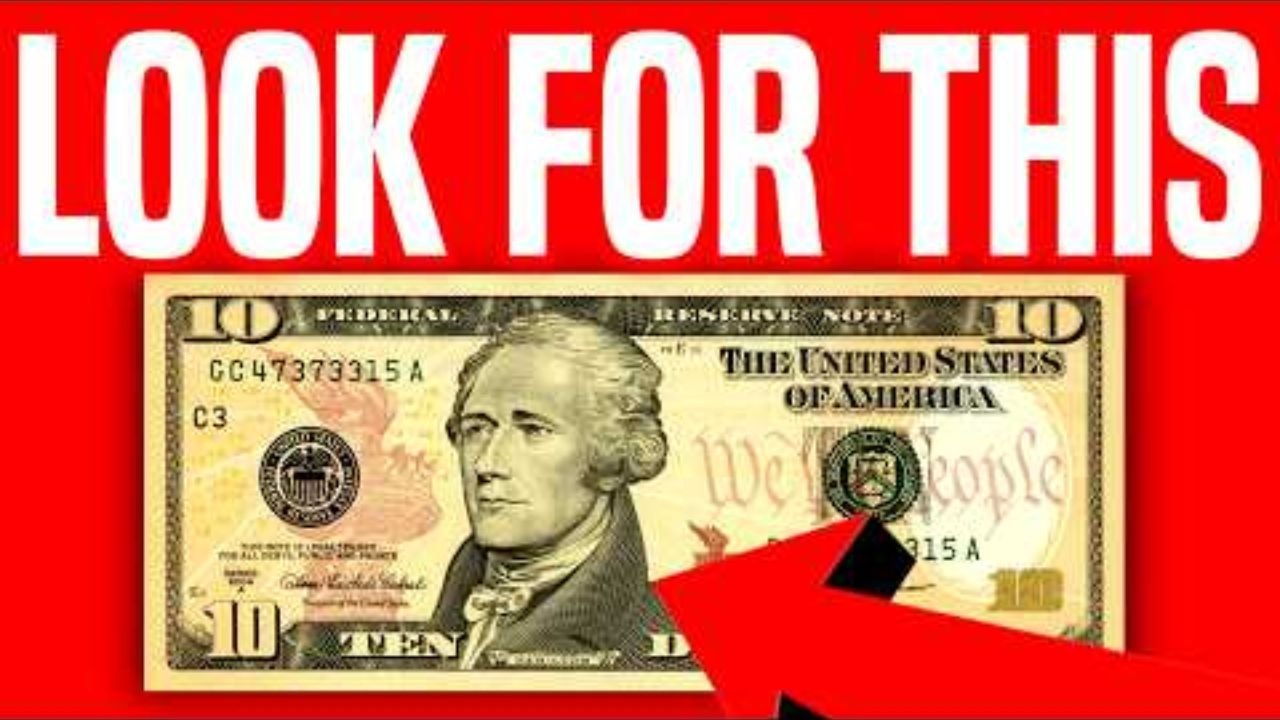In the quiet hush of a bank vault, a family’s routine task of clearing a long-forgotten safe deposit box turned into a moment of unexpected discovery. Tucked between faded photographs and important documents lay a single, crisp $10 bill from a bygone era. What seemed like a simple piece of currency, left behind by a previous generation, was about to reveal that its value extended far beyond the number printed on its face. This find serves as a beautiful reminder that our everyday history can sometimes hold extraordinary secrets.
The Moment of Discovery: More Than Just Money
The experience of uncovering such a relic is deeply personal. It’s not like finding loose change in a couch cushion; it’s a tangible connection to the past. For this family, handling the bill—feeling its distinct paper texture and examining the outdated design—sparked a wave of curiosity. Who did it belong to? Why was it saved? This initial emotional connection is the first step in many numismatic journeys. The bill was no longer just a medium of exchange; it was a preserved piece of a story, waiting for its next chapter to be written.
What Gives an Old Bill Its Hidden Value?
While most old currency remains worth its face value, certain characteristics can transform it into a sought-after collectible. The value is not random; it’s a combination of history, scarcity, and preservation. The series year and design are primary indicators. Bills from the early 20th century, especially those with “large-size” formats discontinued in 1929, are naturally scarcer. However, even modern-looking bills from specific, short-lived series can be of interest. Furthermore, the condition is paramount. A bill that has been kept crisp and uncirculated, avoiding the wear of everyday commerce, is infinitely more desirable to a collector than one that is worn and soft. Finally, unique production traits can create a superstar. Serial numbers with repeating digits, very low numbers, or a special star symbol (known as a “star note”) that replaces a misprinted sheet can command significant premiums. Printing errors, such as misalignments or inverted elements, also create accidental rarities that collectors eagerly seek.
The Growing Passion for Preserving Paper History
There is a burgeoning appreciation for paper currency within the collecting world. While coins have long been in the spotlight, there is a unique intimacy to a historical bill. It represents the art and economy of its time, a portable piece of art that passed through countless hands. This surge in interest means that a note that might have been used to buy a week’s groceries in 1950 could now be the centerpiece of a collection, valued for its story and its state of preservation. This trend is encouraging more people to look at the money in their possession not just as currency, but as potential artifacts.
Could You Be Holding a Treasure? A Guide to Looking Closer
This story invites you to become a detective in your own home. If you have old bills tucked away in a box, an envelope, or a family bible, take a moment to examine them. Start by gently looking at the series year and the portrait—does it look different from today’s money? Assess its condition; is it still crisp, or does it show heavy folds and creases? Then, take a glance at the serial number. Are the digits all the same? Is there a low sequence, or a star at the end? If something piques your interest, the next step is to seek a professional opinion. Reputable currency dealers, local coin shows, or established numismatic associations can provide knowledgeable and fair appraisals. Remember, a bank will only ever offer its face value; the true worth of a collectible is realized through the specialized market.
The True Value of a Find
Ultimately, the story of the $10 bill is about more than potential profit. It’s a testament to the hidden narratives that surround us. A simple object, saved by chance or intention, becomes a bridge between generations. It encourages us to appreciate the history embedded in the mundane and to see the potential for wonder in the ordinary. So the next time you come across an old bill, pause for a moment. You might not just be holding money—you might be holding a piece of a story.
Frequently Asked Questions
Q1: What is the first thing I should look for on an old bill?
Start with the series year located near the portrait. Older dates, particularly those before the 1960s, are a good initial indicator that the bill might warrant further research.
Q2: My old bill is a little worn. Is it still worth anything?
While pristine condition is ideal, a bill can still hold value if it is rare due to its series, serial number, or an error. Its value may be less than an uncirculated version, but it’s still worth having it checked by an expert.
Q3: What exactly is a “star note”?
A star note is a special bill printed by the U.S. Bureau of Engraving and Printing to replace one that was damaged or misprinted during the regular production run. These are marked with a star at the beginning or end of the serial number and are typically more scarce.
Q4: Is an online appraisal a good idea?
While online photos can give you a preliminary opinion from a community of collectors, they are no substitute for an in-hand examination by a certified and reputable professional for a formal valuation.
Q5: Where is the safest place to sell a valuable bill?
For truly valuable currency, established auction houses that specialize in coins and currency, professional numismatic dealers, and major coin shows are your best and safest options for realizing its full market value.
